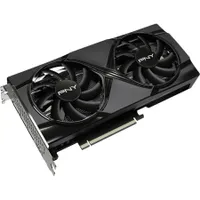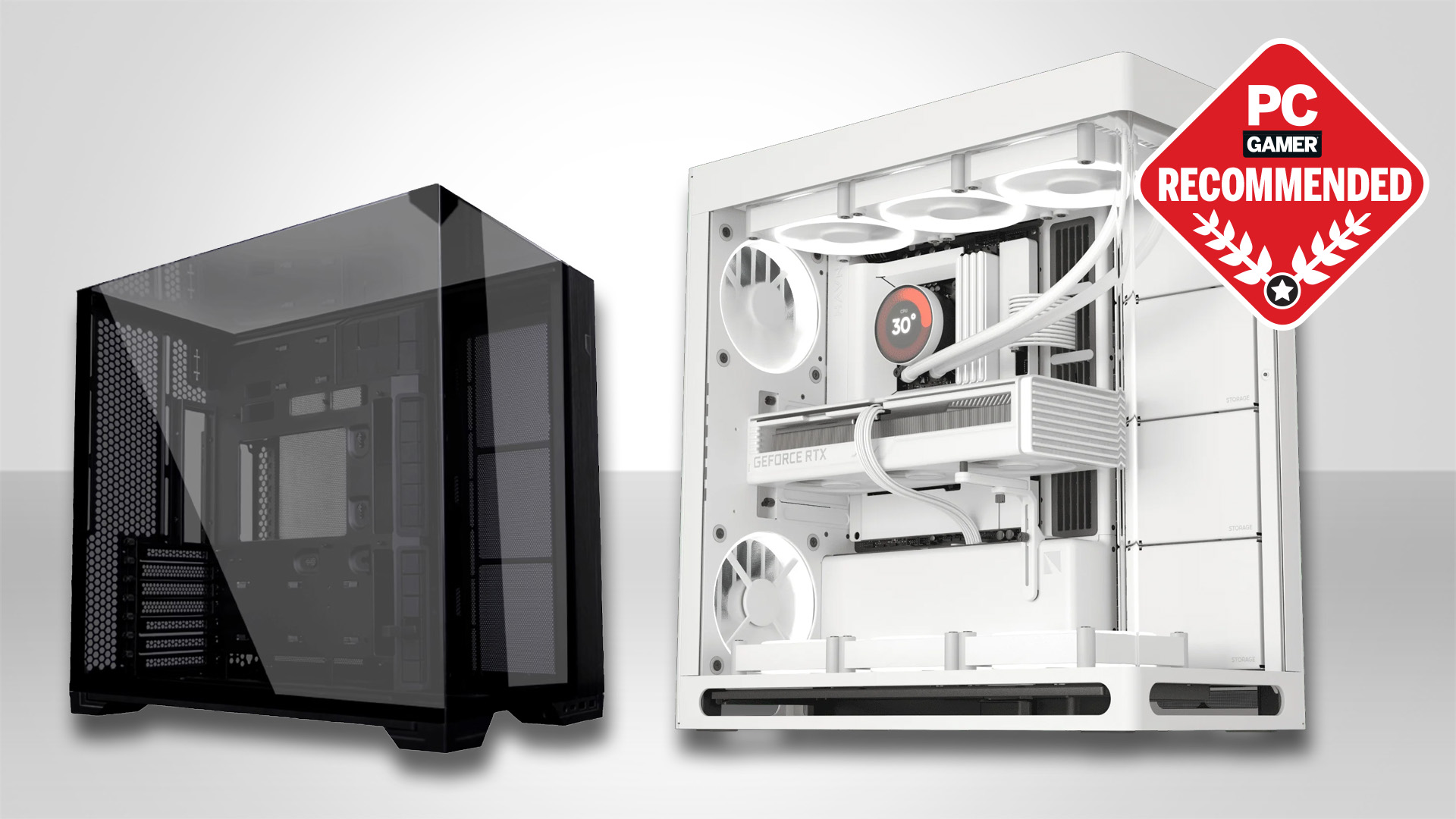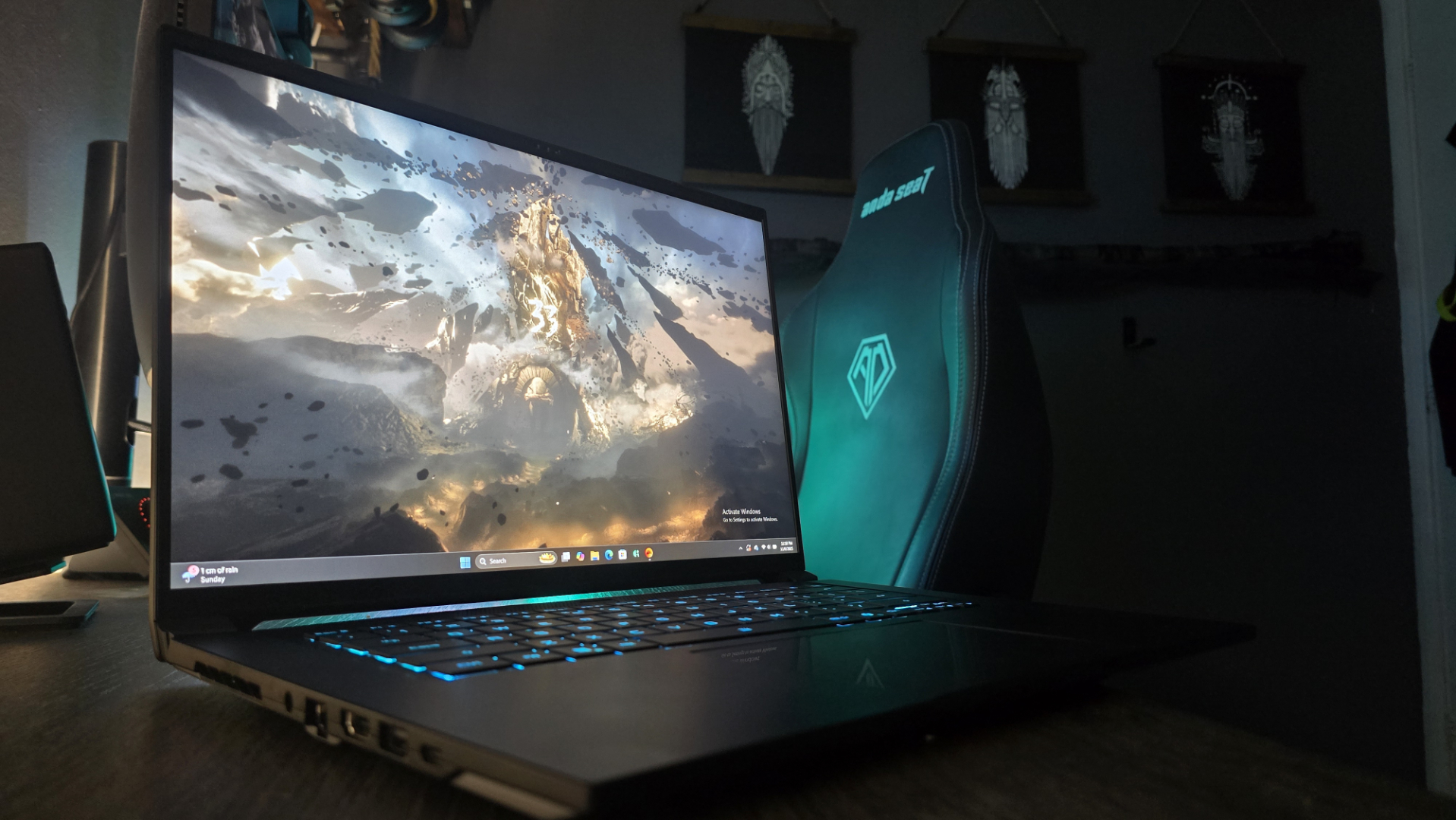By all that's holy, here are two GeForce RTX 5060 Ti cards that are genuinely being sold at MSRP
Though only one of them is kinda worth buying.
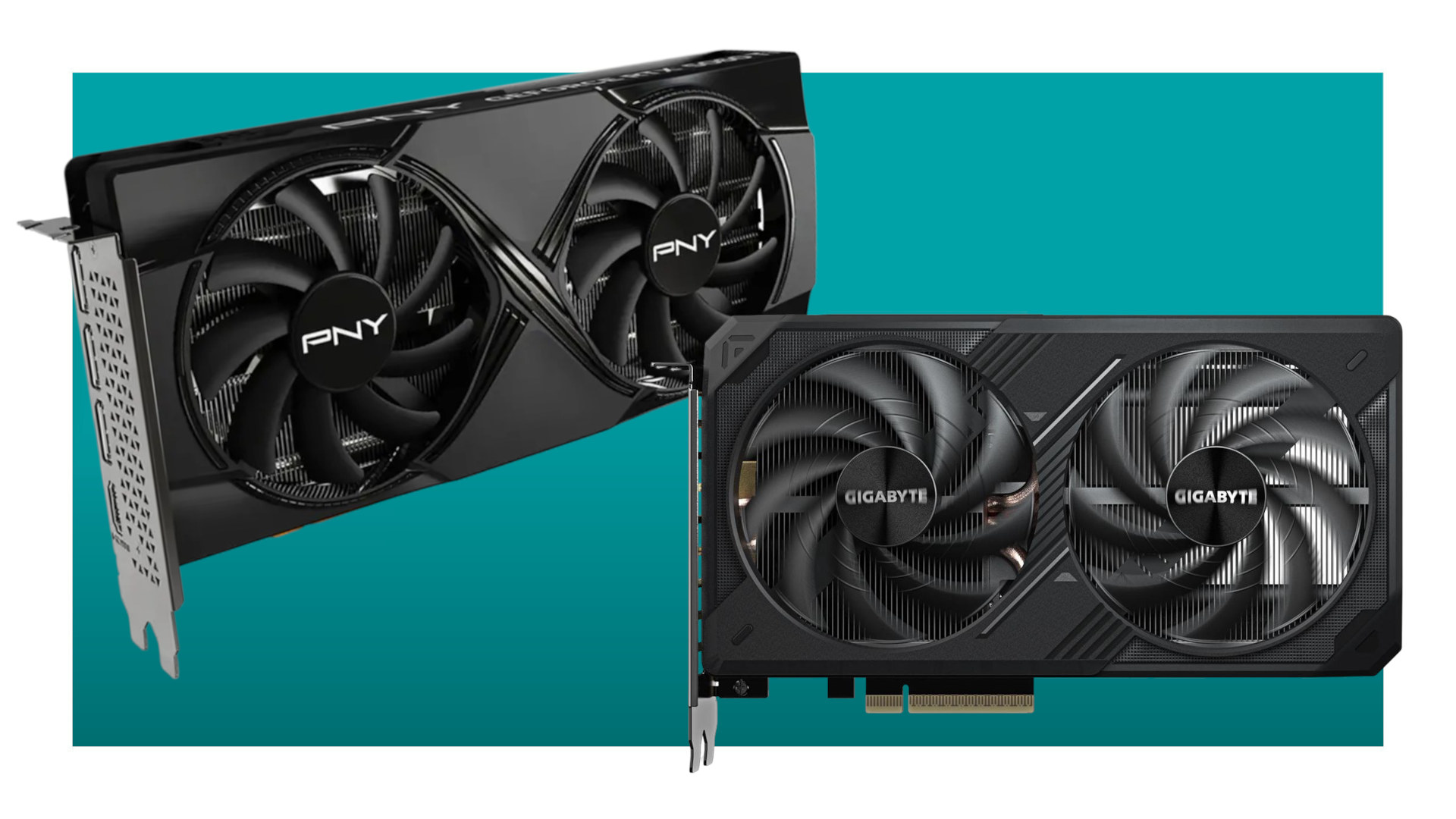
I haven't written about a GPU deal since last December, which shows just how grim things have been on the graphics card front in 2025. Initially, stocks of AMD and Nvidia's latest GPUs were very low, resulting in sky-high prices. Inventory is now much better but price tags have yet to move very much.
Well, apart from two graphics cards that I spotted today. They're both GeForce RTX 5060 Ti cards—one an 8 GB model, the other being a 16 GB variant—and other than the addition of a measly cent, they're bang on MSRP (manufacturer suggested retail price).
- RTX 5060 Ti 16 GB: $430 @ Best Buy
- RTX 5060 Ti 8 GB: $380 @ Newegg
PNY RTX 5060 Ti | 16 GB GDDR7 | 4608 shaders | 2690 MHz boost | $429.99 at Best Buy
While the specs suggest it should only be a little faster than the 4060 Ti, the use of super-speedy GDDR7 gives the little Blackwell GPU a healthy boost. It's not worth buying if you already have an RTX 40-series card, but it's a decent upgrade if you have a much older GPU.
I'm starting with the more expensive of the two, because if I'm to be honest, this is the one that you really want to buy, and it's all down to the fact that it has 16 GB of VRAM. While there aren't a huge number of games around that demand that level of memory, the ones that do will run so much happier on this RTX 5060 Ti.
It's a fairly basic PNY model, so you're not getting a huge triple-fan cooler, but arguably, the 5060 Ti doesn't really need one. With a maximum power limit of 180 W, the twin fans on show here will cope just fine.
As you can see from the above performance results, the 16 GB RTX 5060 Ti isn't an enormous step up from its predecessor, the RTX 4060 Ti, but they both sell for the same kind of money at the moment. So it makes sense to get the newer GPU, even if it's just to get that DLSS 4 magic.
Until you've personally used it in action, it's hard to grasp just how good Nvidia's Multi Frame Generation actually is. The first generation of frame...err...generation wasn't perfect by any means, and even when it worked visually, you always get an increase in input lag.
Well, you don't with MFG or rather, not to any degree that you'd notice, as long as you use 2x or 3x frame generation. It's only with the maximum 4x MFG that you can tell it's being used.
Gigabyte RTX 5060 Ti | 8 GB GDDR7 | 4608 shaders | 2692 MHz boost | $419.99 $379.99 at Newegg (save $40)
The 8 GB version of the new RTX 5060 Ti is supposed to be a lot cheaper than this, but prices are seriously volatile at the moment. You're better off saving a bit more money and waiting for an affordable 16 GB model, though. It won't be any faster, but the extra VRAM is worth having when games start to demand more memory.
The 8 GB version of the RTX 5060 Ti is a full $50 cheaper than the 16 GB one, and that might tip the decision balance for some folks. It doesn't run any slower, and if you're not going to be going all-out with graphics settings or monitor resolution, it might make more sense to get this one.
But if you are willing to spend a little more (13% more, if you want to be precise), then I'd recommend the 16 GB one, as you'll have more than enough VRAM to last the lifetime of the GPU.
No matter which one of these you pick, though, at least you're not paying any more than Nvidia says you should be. I know that's hardly a deal but that's just how things are in the world of GPUs right now.
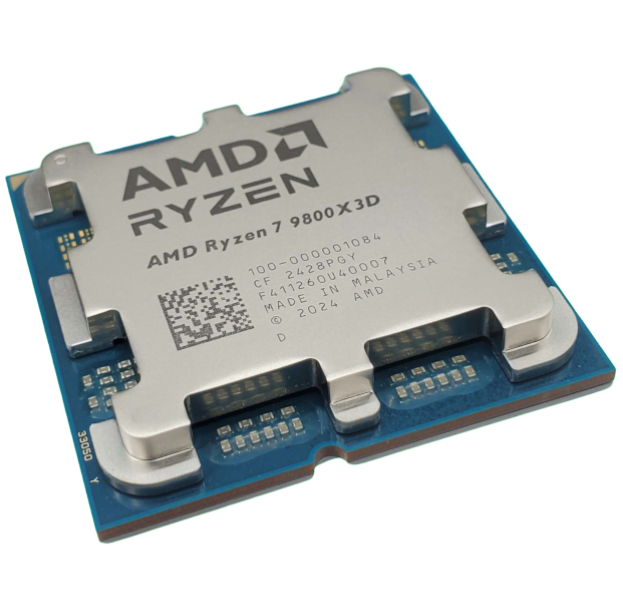
👉Check out our list of guides👈
1. Best CPU: AMD Ryzen 7 9800X3D
2. Best motherboard: MSI MAG X870 Tomahawk WiFi
3. Best RAM: G.Skill Trident Z5 RGB 32 GB DDR5-7200
4. Best SSD: WD_Black SN7100
5. Best graphics card: RTX 5070 Ti or RX 9070 XT (whichever is cheaper)
Keep up to date with the most important stories and the best deals, as picked by the PC Gamer team.

Nick, gaming, and computers all first met in the early 1980s. After leaving university, he became a physics and IT teacher and started writing about tech in the late 1990s. That resulted in him working with MadOnion to write the help files for 3DMark and PCMark. After a short stint working at Beyond3D.com, Nick joined Futuremark (MadOnion rebranded) full-time, as editor-in-chief for its PC gaming section, YouGamers. After the site shutdown, he became an engineering and computing lecturer for many years, but missed the writing bug. Cue four years at TechSpot.com covering everything and anything to do with tech and PCs. He freely admits to being far too obsessed with GPUs and open-world grindy RPGs, but who isn't these days?
You must confirm your public display name before commenting
Please logout and then login again, you will then be prompted to enter your display name.
